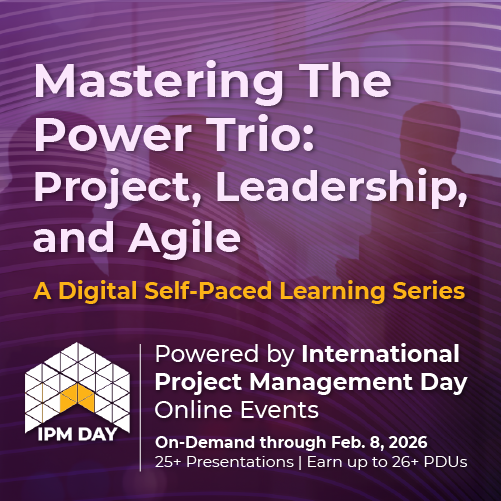By Dr. Harold Kerzner and J. LeRoy Ward, PMP, PgMP, PfMP
April 19, 2022
Introduction
For more than four decades, we have been fortunate to teach project management courses to undergraduate and graduate students, as well as to conduct seminars and webinars for practicing project and working professionals worldwide. Our greatest joy, as each session comes to a close, is asking participants what they think project management will look like in 2030.
The predictions articulated are generally more subjective and intuitive, rather than objective. Undergraduates and students with minimal project management experience, provide answers from the perspective of standing on the ground floor of the building looking up. Their responses usually revolve around changes they might see in the inputs, outputs, and tools and techniques, discussed in the PMBOK® Guide.
Graduate students and adult learners, and those with some project management work experience, or in executive leadership positions, provide the exact opposite perspective; that is, they are on the top floor of the building looking down to where the projects are being executed. Their responses, which are summarized to some degree in this paper, address how project management might change as it interacts with corporate governance.
This paper is structured around the six pillars of project management that are currently being erected in companies worldwide, across developed and emerging markets nations. Why are they erecting these pillars? Because they recognize the benefits and strategic importance of successfully implemented project management and take advantage of all it has to offer. However, not all companies have erected all six pillars. But by 2030, this could become commonplace.
Pillar #1: From Traditional (Operational) to Strategic Project Management
In the 20th century, project management practices and techniques were employed mainly on operational or traditional projects. In many firms, project management was not regarded as a career path but viewed as an activity an individual performed in addition to their “normal” job. Many executives feared that project managers would attempt to make decisions that were reserved for senior management. As such, a project sponsor, usually from the senior levels of management, was assigned to each project and vested with the authority to make all strategic and business decisions related to the project. Project managers had some input into the technical decisions. Sponsors, rather than project managers, were often the interface with the customer and stakeholders.
Senior managers appeared to have very little trust in project managers. Project management was viewed by executives as a tool for the command and control of traditional projects. Projects that were of strategic importance were most frequently assigned to functional managers whom executives tend to trust more than the project managers.
However as more trust was placed in project managers, their roles and responsibilities changed as seen in Exhibit 1. For example, project managers were permitted to participate in competitive bidding activities, prepared statements of work, developed schedule and cost estimates. No longer were project managers simply following orders.
Project managers were also permitted to participate in business-related decisions. They were given a “line of sight” to senior management to ensure that their projects’ objectives were aligned with the organization’s strategic goals.
Project managers were now managing strategic projects. The importance and ability of the project manager to reap the benefits of sound and proven project management practices are now becoming apparent to everyone.
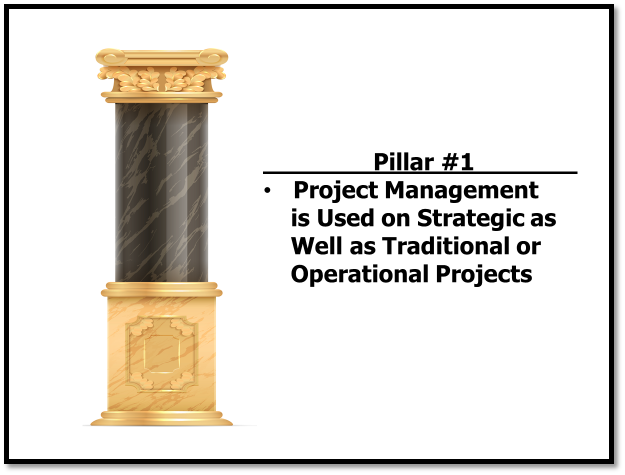
Exhibit 1. From traditional to strategic project management
Pillar #2: Project Management Becomes a Strategic Competency
As project managers assumed greater responsibility for strategic projects, many executives realized that they were managing most, if not all of their business, by projects. If that was indeed the case, they concluded they simply needed to get better at it.
As the benefits of project management became more apparent, executives recognized the necessity to establish project management as a formal career path position to ensure they had a stable and capable workforce to undertake the important work of the organization. Among other benefits, this resulted in the ratio of project successes to project failures increasing significantly in most firms.
Many companies conduct an internal assessment annually to identify those career path positions that are critical to a firm’s success and future viability. Today, project management is making the shortlist of one of the four or five career path positions that have been identified as critical for the firm’s continued success. Once executives recognize the value and importance of project management, it is seen as a strategic competency that needs to be cultivated.
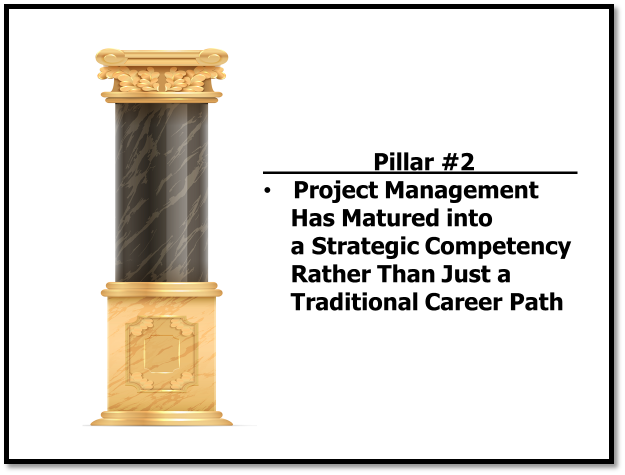
Exhibit 2. Project Management becomes a strategic competency
Over the years, we have worked with many corporations in their journey to excellence in project management through a variety of professional development activities. For example, many firms have established a structured project management career path for their project managers. Why? Because projects support and help bring to fruition their corporate strategy which, generally speaking, provides for greater market share, increased revenues and profits, improved quality, and higher customer satisfaction, as well as other tangible and intangible benefits.
But that’s all. A project management career path also encourages professionals to learn, grow, and take on more challenging assignments. Project professionals may, over time, transition to executive-level positions based on their project management experience and performance.
However, one of the risks with identifying a career path as a strategic competency is the challenge of replacing employees who are promoted, retire, or leave. The solution is usually an investment in succession planning activities. Succession planning has historically been done by identifying and training backup candidates for senior management positions. Companies well known for their succession planning and executive-talent development practices include GE, Honeywell, IBM, Marriott, Microsoft, Pepsi, and Procter & Gamble.
In project management, most companies see the necessity to create a “talent pool” from which project managers can be selected, trained, and subsequently assigned to more challenging assignments. If done correctly, employees within the firm will see the opportunity to meet their career development goals internally, reducing the often difficult and costly process of recruiting externally. In short, a project management career path can be a win-win for both the company and its project managers.
If project management succession planning is to succeed, the firm must focus in three areas:
- Clearly define the competencies needed for project manager development by identifying the skills needed for the present and the future.
- Make sure employees know of the opportunities available to them to advance to positions of increasing levels of responsibility (and compensation!).
- Keep employees updated on lessons learned and best practices.
Pillar #3: Prioritizing Project Management Skills as a Strategic Competency
Project management educational programs that focus on managing traditional or operational projects focus on the content in the PMBOK® Guide knowledge areas. This is important however, educational programs for managing strategic projects require learning and applying a particular set of skills that go beyond the fundamentals.
Strategic projects often have much more uncertainty and risk because of the greater number of unknowns inherent in their complexity. If innovation activities are part of the strategic project, the requirements may not be well-defined, and historical estimates may not exist. Moreover, the budget may be just a guess and need to be updated frequently, and the schedule may be known but only for the next month or two. Consumer demands over the lifecycle of the project can change, sometimes significantly, thus causing redirection of the strategic project’s goals and objectives. Therefore, as shown in Exhibit 3, educational programs will need to focus on future rather than present competencies.
Strategic projects have significantly more risk-and more at stake than traditional or operational projects. As such, training must include an emphasis on management in a VUCA environment:
- Volatility
- Uncertainty
- Complexity
- Ambiguity
VUCA environments can also exist in traditional or operational projects, but the business value impact is generally less.
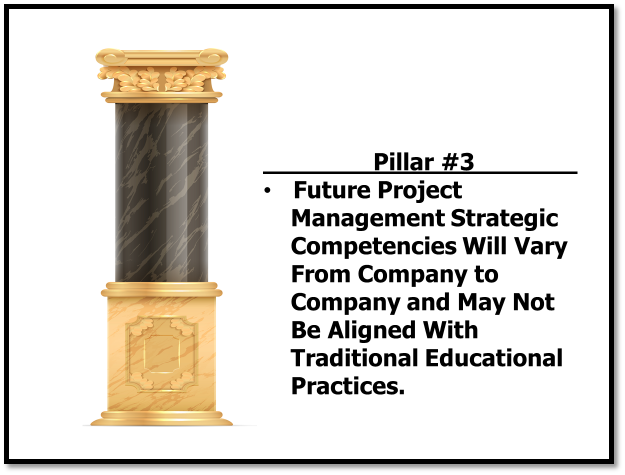
Exhibit 3. Prioritizing project management skills as a strategic competency
Pillar #4: The Need for More Control Points
As stated previously, strategic projects have a great many unknowns and are executed in a VUCA environment. Therefore, as shown in Exhibit 4, more constraints and control points are monitored to ensure to the greatest extent practicable, that the project stays on track and is set to deliver the benefits identified at the outset.
In the past, we focused mainly on the constraints of time, cost, and scope. On strategic projects, additional constraints and measurements may be made on risks, safety, legal liability, the business value created, teamwork, intellectual property rights, management support, customer satisfaction, leadership, and quality.
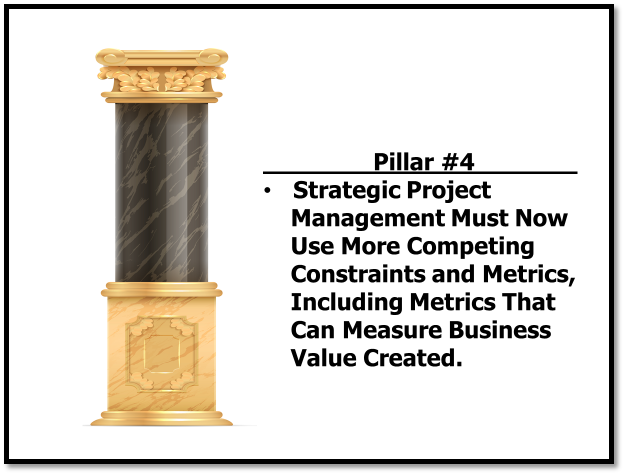
Exhibit 4. Strategic points need more control points
Pillar #5: Using Success Criteria
For years, project success was defined as meeting the triple constraints of time, cost, and scope. But as shown in Exhibit 5, on strategic projects, we identify success criteria that may be different for each project.
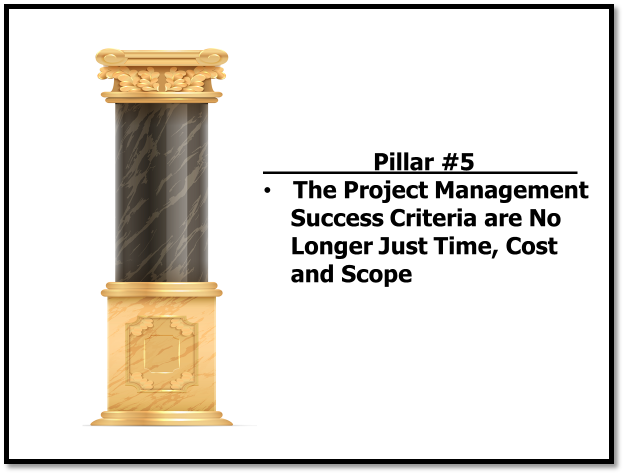
Exhibit 5. Success criteria for strategic projects
Success criteria, and most frequently failure criteria, are a necessity because of the VUCA environment. Due to increased risks on a strategic project, success criteria can change several times over its life cycle.
There is no absolute set of metrics that apply across the board on all strategic projects. Therefore, it is the collective responsibility of the project sponsor, project manager, and the team, to identify the most important metrics before or during project initiation. The project manager must communicate these metrics to all stakeholders so that everyone understands how the project will be monitored and controlled.
Pillar #6: The Need for Flexible Methodologies
For decades, companies developed a single methodology for projects with the singular aim of meeting the triple constraints. Unfortunately, the belief that a one-size-fits-all approach is no longer valid. More flexible approaches, such as Agile and Scrum are capturing the attention of senior management because they have produced results superior to a traditional approach on certain projects, as shown in Exhibit 6.
Today’s project manager is in a position of selecting the best project management approach based on the product, service, or end result of the project. That means some projects will be managed using the traditional, waterfall approach, while others will use the adaptive and incremental approaches that fall under the broad category of Agile methods. In others, project managers can employ a hybrid approach that includes elements of waterfall and Agile.
However, to make the optimal selection for any given project, the project manager needs training and education in the many methods available, especially Agile and Scrum because they are new to many organizations. Companies at the forefront of project management competency and skills development are making the necessary investments to ensure their project management workforce is trained and competent in whatever it takes to get the job done.
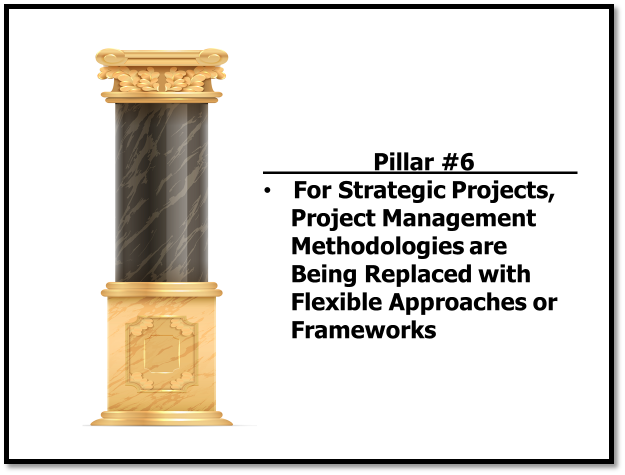
Exhibit 6. Using flexible project approaches to achieve optimal outcomes
Conclusion
The six pillars identified in this paper are being implemented worldwide by companies in all industry sectors. While certain companies may not be implementing all of them at present, by 2030 these six pillars could very well be the foundation for project management globally. What is your organization doing to prepare for 2030?
About the Authors
Dr. Harold D. Kerzner, Ph.D., is Senior Executive Director at the International Institute for Learning, Inc., a global learning solutions company that conducts training for leading corporations throughout the world.
He is a globally recognized expert on project, program, and portfolio management, total quality management, and strategic planning. Dr. Kerzner is the author of bestselling books and texts, including the acclaimed Project Management: A Systems Approach to Planning, Scheduling, and Controlling, Thirteenth Edition. His latest book, Project Management Next Generation: The Pillars for Organizational Excellence, co-authored with Dr. Al Zeitoun and Dr. Ricardo Viana Vargas, delivers an expert discussion on project management implementation of all kinds.
J. LeRoy Ward is a highly respected consultant and adviser to Global Fortune 500 Corporations and government agencies in the areas of project, program, and portfolio management. With more than 38 years of government and private sector experience, LeRoy specializes in working with senior executives to understand their role in project and program sponsorship, governance, portfolio management and the strategic execution of projects and programs.

Browse IIL’s Project Management Courses here!
Check out IIL’s bookstore featuring all of Dr. Kerzner’s best-selling novels here!
Disclaimer: The ideas, views, and opinions expressed in this article are those of the author and do not necessarily reflect the views of International Institute for Learning or any entities they represent.



